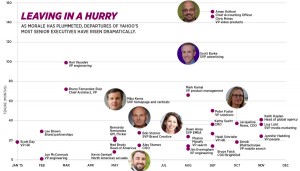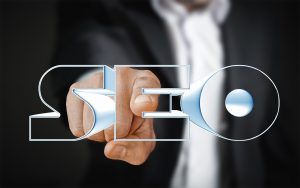Businesses are constantly in the process of growing. This is particularly true for small businesses, which begin life with a handful of employees and limited goals.
Small companies have the potential to expand, but they have to create a business model that works for them over the long term, and use their capital well.
What many entrepreneurs don’t realize is that business growth tends to follow a set pattern. One does not simply go from opening up a business to seeing it become profitable—a lot happens in between.
Before starting up a business in 2020, take note of the stages of growth and understand how they will affect your company.
You can also create a product roadmap to help you map out what stage your company is at and what you need to do to get to the next stage.
Stage 1: Planning
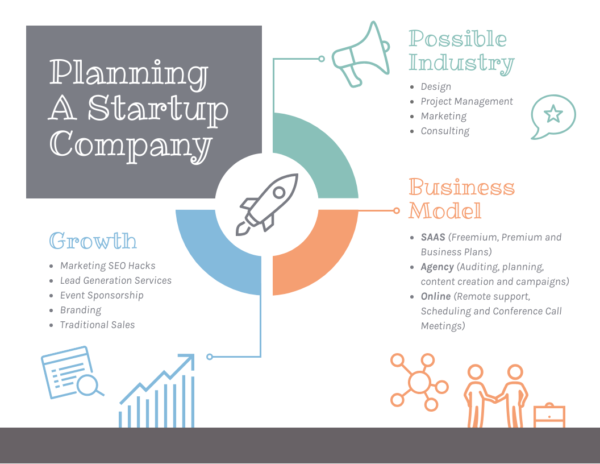
The planning stage for a small business begins with the root of an idea. A potential business owner will likely ask themselves, their friends, and their family, a question.
If they are unable to answer the question using available resources, they will know that they can enter the market with a business model based on their idea.
Similarly, you may find that you know people who cannot solve a problem, for which you have a solution.
If there aren’t any other solutions barring yours, you could potentially start a business around that solution.
At this seed stage, entrepreneurs will have to customize their business plan template to clearly outline how much capital they have, what goals they are aiming for, and where they hope to see themselves in a few years.
For product-based companies, enterprise resource planning (ERP) is an important step in the planning stage.
One needs to understand the process of working with manufacturers, and how to manage the supply chain, all while maintaining financial stability.
There are a number of ERP systems available for small businesses to tap into if they do not know how to work through this step.
Alongside these fundamental points, founders should also incorporate market analysis, which will help them understand their competitors.
Even at this early stage, owners need to think about workforce planning. At this point in business development, the bulk of the work is conducted by the owners of business. But this will slowly and steadily change as the company grows.
A solid plan is the key to starting a small business. One cannot go into a business without an idea of what to do next, which is why a plan is so crucial.
Case Study
AirBnB’s Brian Chesky and Joe Gebbia found themselves unable to afford the high rents of San Francisco.
To make up the remainder of their rent, they gave out their living room as an extra living space.
When this was a success, they realized they could do the same for others in their situation, and the rest is history.
Stage 2: Establishment
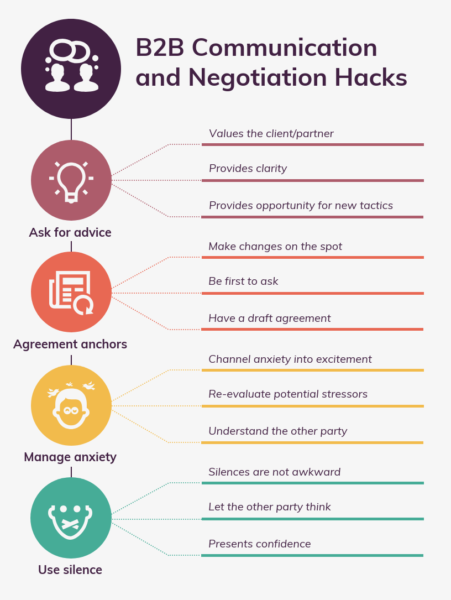
Once the business plan has been finalized, the business can move into the establishment stage.
At this point, the entrepreneur will likely look for partners, either to invest more capital or take on some of the tasks involved in starting up the company.
The business owners will also have to work on their management skills as the bulk of the work will be done by them. It is rare for a company to have employees at the establishment stage.
With the board of directors or co-founders established, businesses can begin working on developing their brand identity.
This is an extremely important part of a small business’ life cycle, and must not be ignored—73% of companies invest in branding design, after all.
Alongside creating a brand identity, business owners will also be using the establishment phase to define their buyer personas.
Who are the people most likely to be looking for the solution they are offering? How will they find them? How will they connect with this audience?
Answering those questions will help the business founders decide on their next steps, calculate risk management, and organize operating procedures.
Then they can work on their marketing strategy, that will help take them into the next stage.
Case Study
The powerhouse Apple began life with only Steve Jobs and Steve Wozniak creating their system in Jobs’ garage.
In the early stages, they did all the work, including getting investors, as well as marketing and selling their product.
Stage 3: Initial Growth
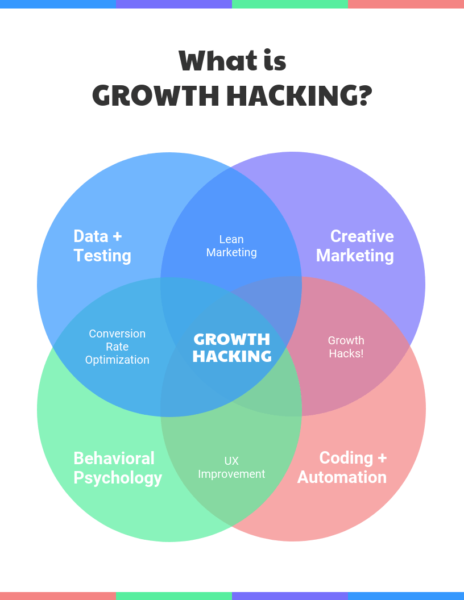
One of the most exciting stages of small business development is the initial growth phase.
Many small businesses spend a great deal of time before reaching this stage, so once you break through, it is a big achievement.
A sign that you have entered the growth phase is when your user onboarding process has successfully earned you a steady supply of customers.
You will also begin to see steady cash flow as production of items and delivery of services achieve satisfactory status.
Even though the money coming in isn’t enough to turn a profit, it helps the company stay afloat.
During the establishment stage, business owners will likely have been doing the bulk of the work.
But with steady income and a core group of customers, owners at the initial growth stage will be able to invest in employees, instead of doing everything on their own.
Delegating tasks will become more of a priority, with the owners handling investor relations.
The initial growth stage may be a stimulating time for a business, but it is also the most dangerous.
There needs to be some amount of experimentation undertaken during this phase, even though not every element can be predicted.
But with a few key performance indicators in place, the company can work on diversifying their current model.
Business owners must remember that nearing profit margins doesn’t mean that one has to take unusual risks.
Though some new investments have the potential to pay off, taking too many risks could eventually sink a company, which is why this phase is so tricky.
Risk assessment is extremely important at this time, as even the smallest variables can have a huge impact.
Owners will need to analyze their resources and make decisions about what they can successfully undertake or they may not be able to reach the next phase.
Case Study
Amazon is a prime example of how a company capitalized on the growth stage.
After its initial setup, the company slowly started diversifying, selling new products first within the US, then internationally.
And now it is a multi-billion dollar global phenomenon.
Stage 4: Profitability
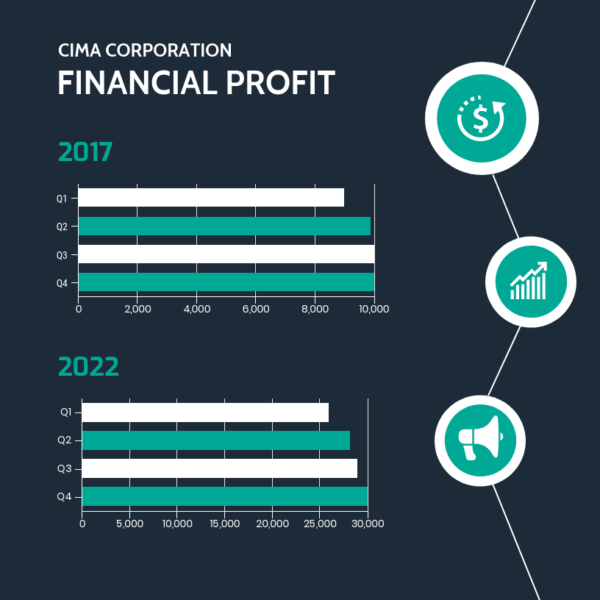
When a business finally turns a profit and is seeing consistent growth over a period of time, they know that they have entered the profitability phase.
At this stage, businesses will be able to predict revenue streams, forecast profits, launch new products or services, see success with promoted content, and even acquire new properties.
With the business stable and financially viable, owners will be able to disengage, giving more of the business responsibilities to top-level managers.
The owners can then become the ‘face of the company’, instead of spending time on the day-to-day workings of the business.
There will be a number of demands on businesses in this phase. Chief among them the need to continue to innovate.
One does not want to stagnate just when profitability has become part and parcel of the business cycle. It is also in this phase that companies begin to see decline.
To avoid this, business owners need to be particularly vigilant about brand image, customer satisfaction, employee engagement, and collaborations.
Owners need to remember that profitability isn’t the end goal of a business—one needs to ensure that the business is sustainable in the long term.
Case Study
Despite competition from platforms like Twitter, Facebook continued to thrive in the early 2000s because it wasn’t afraid to innovate.
It is still one of the biggest social media channels, successfully having acquired Instagram and WhatsApp in the past few years.
Stage 5: Revitalization
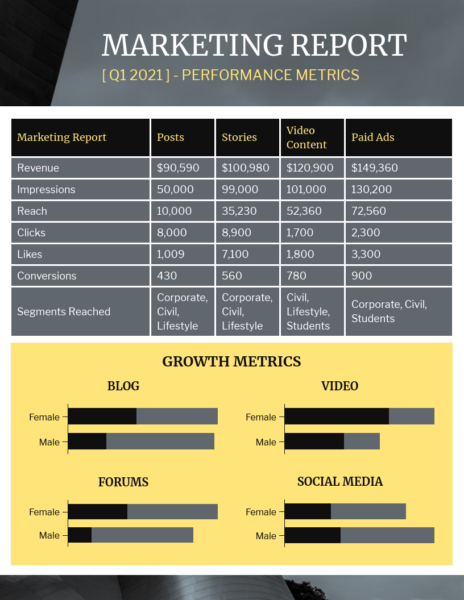
The market is constantly changing and businesses need to adapt if they want to continue to stay relevant.
With a good business model, a company can thrive if it can adopt new procedures and create new products or services that their customer base needs.
Strong leaders will recognize the need for change and bring policies in place to adjust so that they can stay ahead of their competitors.
Innovative thinking, dedicated staff members, and a thorough understanding of what works and doesn’t work will go a long way in revitalizing the business.
But the danger in this phase is that some companies stray too far away from the company’s values in an attempt to cater to the market.
You don’t want to alienate your present consumer base, while you reach out to new customers.
There is a delicate balance that needs to be struck. But with the right guidance and some research, a small business should be able to thrive even in changing circumstances.
Case Study
Lego, one of the biggest toy brands in the world, turned its business model around after a bankruptcy scare in 2015.
After decades of appealing to young boys, Lego created Lego Friends, a line of toys created for girls. It revitalized their market share, and brought them back into the limelight.
Conclusion
The initial phases of a company’s growth are challenging and exciting.
But that entrepreneurial spirit that first led to the establishment of the company needs to abide if you are to turn a profit and survive in 2020 and beyond.
Understanding these growth stages that small businesses undergo will make it easier for business owners to work towards a growth mentality that will see them succeeding in the future.
All visuals sourced from Venngage.
Business & Finance Articles on Business 2 Community
(57)




